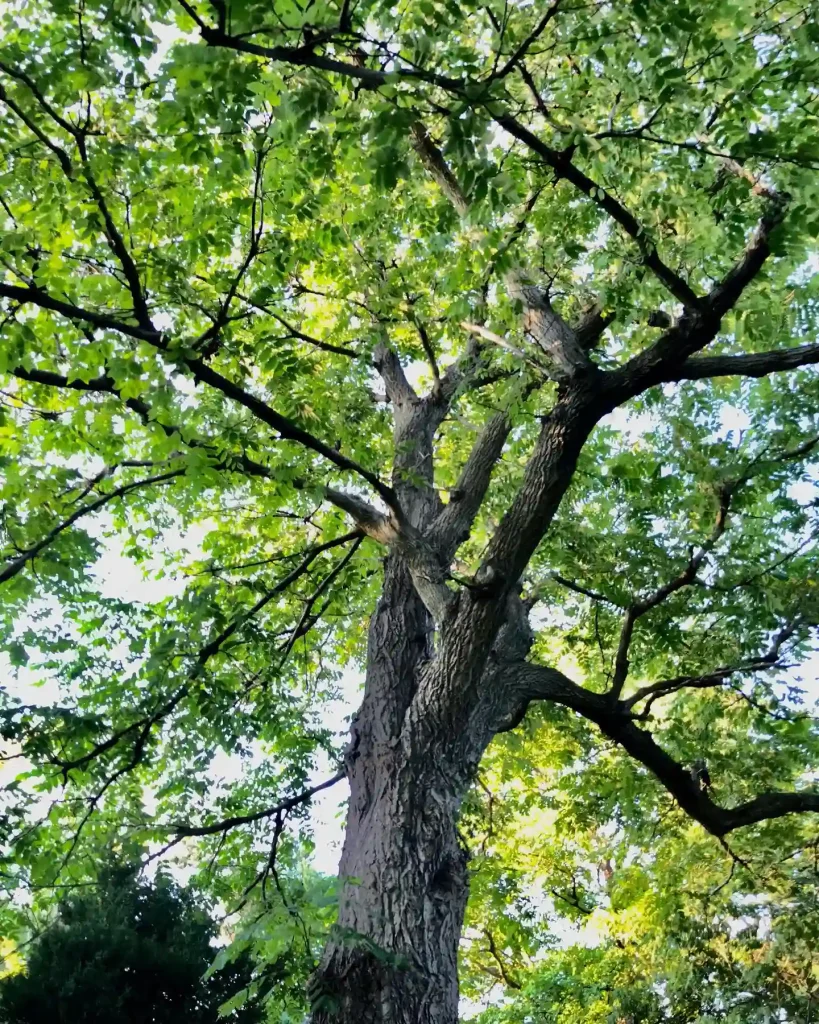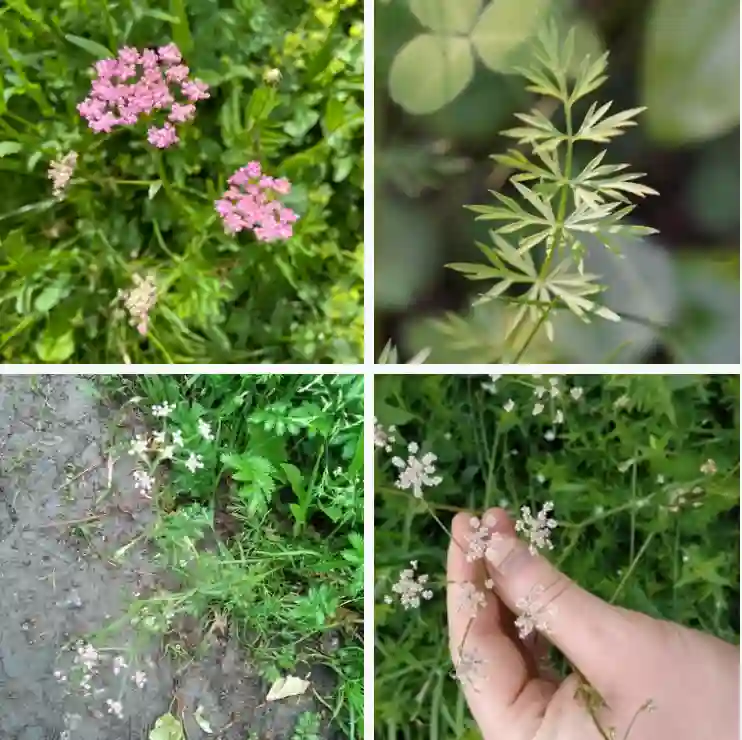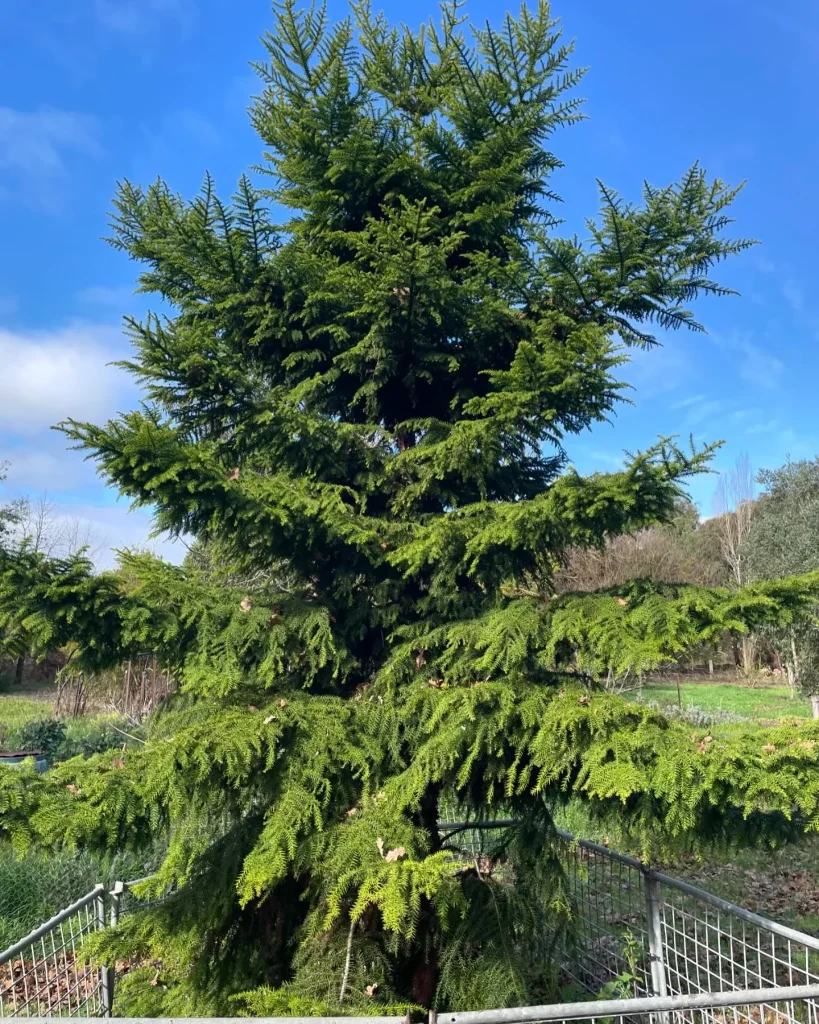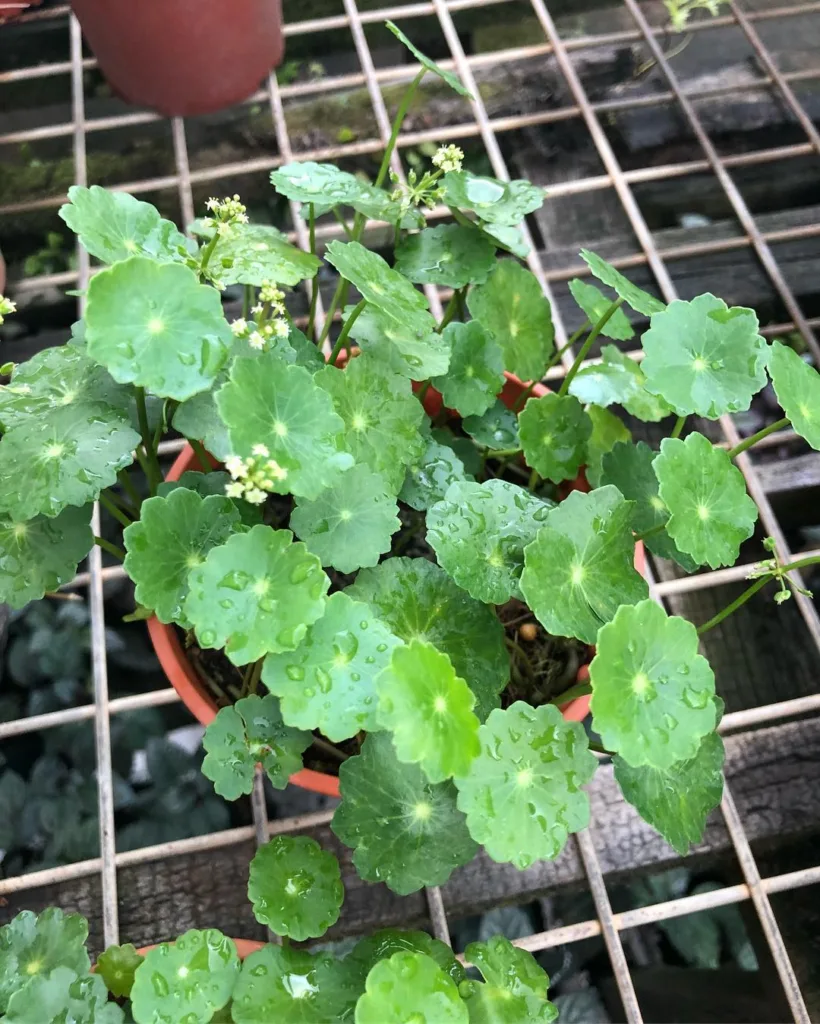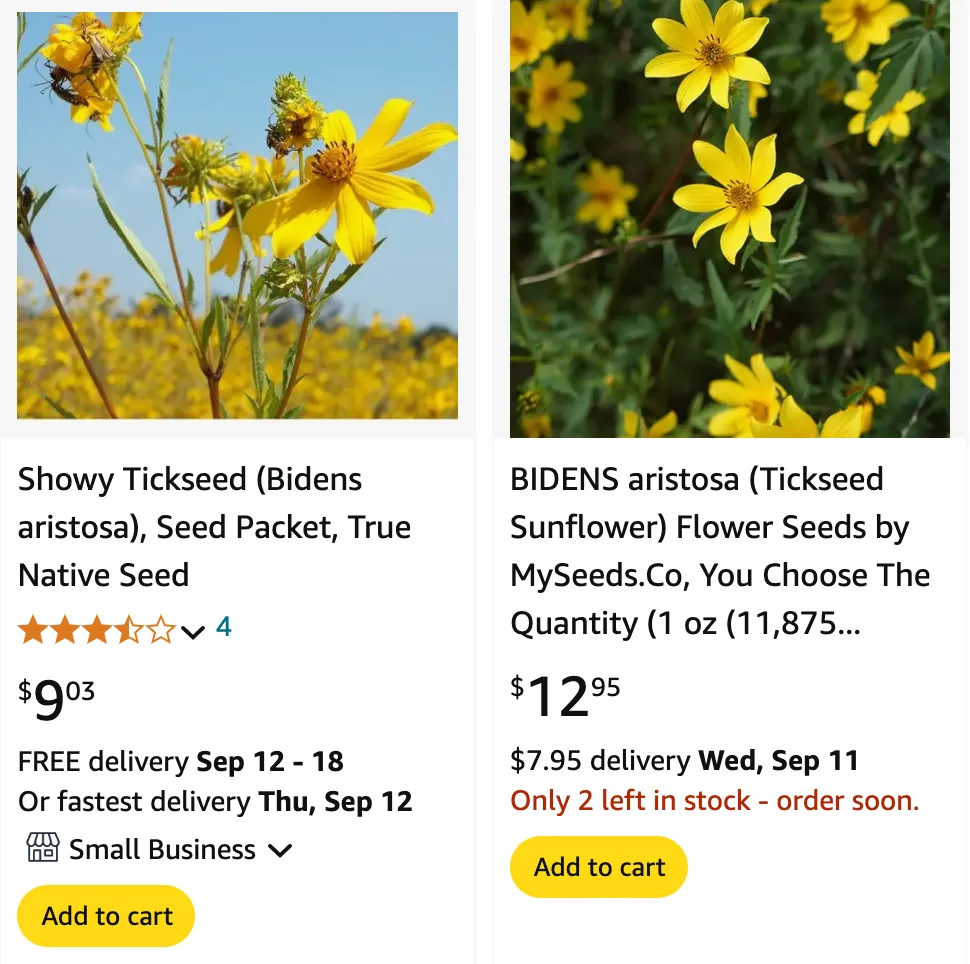
FAQs About Bidens Aristosa
Bidens Aristosa, commonly known as Tickseed, is a plant I’ve grown quite fond of over the years. It’s a beautiful, hardy perennial that adds a splash of color to any garden. If you’re considering adding this plant to your garden, you might have some questions. Here’s a comprehensive guide based on my experiences and research.
227 Species in Genus Bidens
What is Bidens Aristosa?
Bidens Aristosa, or Tickseed, is a perennial flowering plant native to North America. It belongs to the Asteraceae family, which includes sunflowers and daisies. The plant features bright yellow, daisy-like flowers that bloom from late summer to fall. Its bushy, upright growth makes it a great choice for adding structure to garden beds.
How to Care for Bidens Aristosa?
Caring for Bidens Aristosa is relatively straightforward. Here are some tips based on my experience:
- Sunlight: This plant thrives in full sun. Aim for at least six hours of direct sunlight each day to keep it blooming vibrantly.
- Soil: It prefers well-draining soil but can tolerate a range of soil types. Ensure the soil remains moist, especially during dry spells. Adding compost can improve soil fertility and drainage.
- Watering: Regular watering is key, especially in hot weather. However, avoid waterlogging. The soil should be moist but not soggy.
- Fertilizing: Feed your Bidens Aristosa with a balanced, all-purpose fertilizer in early spring. This will support its growth and flowering throughout the season.
- Pruning: Deadhead the spent flowers to encourage continuous blooming and prevent the plant from becoming leggy. In late fall, cut back the stems to about 6 inches to prepare for winter.
How to Propagate Bidens Aristosa?
Propagating Bidens Aristosa can be done through seed or division:
- Seeds: Start seeds indoors about 6-8 weeks before the last frost date. Sow them in seed trays with a light seed-starting mix. Keep them warm and moist. Once they’ve grown enough to handle, transplant them outdoors after the danger of frost has passed.
- Division: In early spring or late fall, you can divide the root clumps. Dig up the plant, separate the clumps, and replant them in new locations. This method works well for rejuvenating older plants and spreading them around your garden.
What to Plant With Bidens Aristosa?
Bidens Aristosa pairs well with a variety of plants, thanks to its bright blooms and bushy growth. Consider combining it with:
- Black-eyed Susans: Their similar flowering period and vibrant colors complement Bidens Aristosa beautifully.
- Salvia: The vertical growth and different colors of Salvia provide a nice contrast to the spreading habit of Bidens Aristosa.
- Coreopsis: Both plants share a similar aesthetic, with their sunny blooms enhancing each other’s brightness.
Is Bidens Aristosa Toxic?
Bidens Aristosa is generally considered non-toxic to humans and pets. It’s always a good idea to monitor pets around new plants, as some animals may still nibble on them out of curiosity. In any case, if you suspect your pet has ingested a large amount, consult a veterinarian.
Benefits of Bidens Aristosa
Bidens Aristosa offers several benefits for gardeners:
- Attracts Pollinators: The bright flowers are a magnet for bees, butterflies, and other beneficial insects.
- Low Maintenance: Once established, it requires minimal care, making it ideal for busy gardeners.
- Seasonal Color: It provides a burst of color in late summer and fall, extending the blooming season in your garden.
Common Problems and Solutions
Despite its hardy nature, Bidens Aristosa can encounter a few issues:
- Powdery Mildew: This fungal disease can appear in humid conditions. Improve air circulation around the plant and avoid overhead watering to reduce the risk. If mildew appears, treat it with an appropriate fungicide.
- Pests: Occasionally, aphids or spider mites may target the plant. Regularly inspect the foliage and use insecticidal soap if pests are detected.
Compare with Other Similar Plants
When comparing Bidens Aristosa to other plants, two common comparisons come up:
- Bidens Ferulifolia: This plant is also known as the “Fern-leafed Beggartick.” It’s similar in appearance but has finer foliage and smaller flowers. Both are excellent for brightening up garden spaces, but Aristosa generally has larger blooms.
- Coreopsis Verticillata: Also known as Threadleaf Coreopsis, this plant has a similar flower shape and bright yellow color. However, it tends to have a more delicate appearance compared to the robust Bidens Aristosa.
In summary, Bidens Aristosa is a delightful addition to any garden, offering vibrant color and ease of care. Whether you’re a seasoned gardener or a beginner, this plant’s low maintenance requirements and attractive blooms make it a standout choice.
If i die, water my plants!
